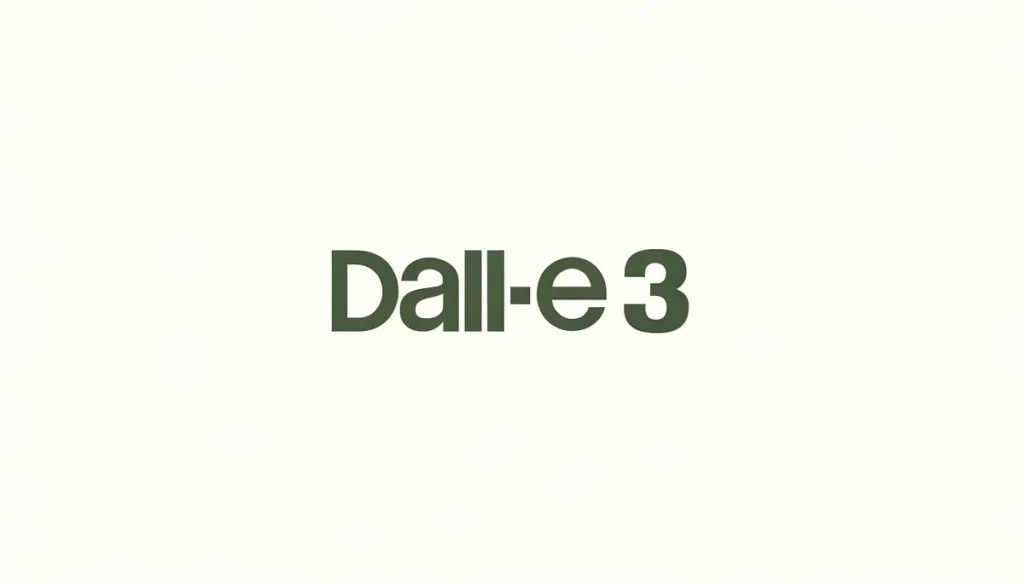In this section of blog, I’ll take you on a journey through seven real-world examples of businesses harnessing the power of DALL·E in their daily operations. From content creation to ideation to product design, you’ll witness firsthand the transformative impact of AI-driven visual content. My hope is that by the end, you’ll be inspired to explore the possibilities of integrating DALL·E into your own creative endeavors.
1. Generation of Meta Images
At Copy.ai, an innovative AI marketing tool, the integration of DALL·E has revolutionized the company’s content creation endeavors. According to Chris Lu, one of Copy.ai’s co-founders, DALL·E has become an invaluable asset in their arsenal:
DALL·E has become an integral part of our content creation process, from crafting blog posts to curating social media visuals and refining website design. Its impact on our workflow is profound, streamlining our operations and empowering us to explore diverse visual aesthetics effortlessly.
Their primary focus currently lies in the generation of meta images, those essential visuals that represent each article when shared across various social media platforms.
2. 3D Renders
Zaha Hadid Architects (ZHA), a renowned architecture firm, has embraced the integration of AI-generated designs into its projects. Leveraging AI text-to-image generators like DALL·E and Midjourney has become a common practice across most of ZHA’s endeavors.
The firm strategically selects a subset of AI-generated designs to progress into the 3D modeling phase. Additionally, they occasionally present DALL·E designs to clients during the initial ideation phase to stimulate creativity.
One notable advantage for ZHA is rooted in the legacy of Zaha Hadid, the esteemed architect who founded the firm. This means that DALL·E’s model already possesses a nuanced understanding of the firm’s distinctive style. Patrik Schumacher, ZHA’s principal, highlighted this in a conversation with design magazine Dezeen:
While not every project adopts this approach, a significant portion does—I encourage all team members involved in competitions and early brainstorming sessions to explore AI-generated concepts and broaden our creative scope.
For ZHA, the primary goal is generating innovative ideas:
I’ve always relied on verbal prompts, drawing references from past projects, and gesturing to convey ideas. Now, with the aid of Midjourney or DALL·E, we can directly explore these concepts, either individually or as a team, enhancing our creative potential.

